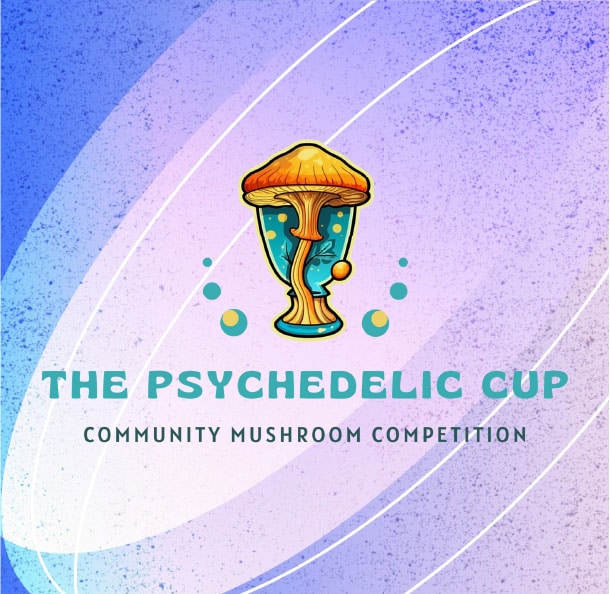History
Psilocybin, the main active compound found in “magic mushrooms” was first discovered in 1959 by chemist Albert Hofmann. However, it wasn’t until the 1960s that the psychotropic effects of consuming this compound were studied in humans. During the early stages of research, psilocybin was considered a treatment for certain mental health disorders1. Regardless of the potential therapeutic benefits psilocybin has to offer this compound was categorized as a schedule 1 drug in the 1970s and remains so. Over the last few years, states and cities across the U.S have moved to decriminalize psilocybin to stimulate further research into mental health treatments. Psilocybin may be able to treat a wide range of mental health disorders including anxiety, depression, post-traumatic stress disorder (PTSD), obsessive compulsive disorder (OCD), and addiction.
Current Research
In recent times, psilocybin has been gaining attention for its potential therapeutic benefits. A plethora of studies have provided evidence that psilocybin can have a powerful impact on mental health treatments. This research is supported by innovative clinical trials conducted around the world which are testing the safety and efficacy of psilocybin-assisted psychotherapy in treating conditions such as depression2. Furthermore, studies demonstrate psilocybin’s wide-reaching effects on improved well-being and mental health3. This research marks a shift in our understanding of what is possible when using psychedelic medicine to make lasting psychological changes – a promising development with potential to revolutionize modern treatment methods.
Chemical Structure
Psilocybin’s chemical structure consists of a phosphorus group, an indole ring, two side chain methyl groups, and an ethylamine moiety. This cyclical chemical structure makes it possible for psilocybin to cross the blood-brain barrier, allowing the chemical to interact with serotonin receptors once it reaches the brain. This reaction is what produces the “psychedelic” effects of taking psilocybin.
Chemical Information and Physical Properties
IUPAC Name:
[3-[2-(dimethylamino)ethyl]-1H-indol-4-yl] dihydrogen phosphate
Molecular Formula:
C12H17N2O4P
CAS Number:
520-52-5
Molecular Weight:
284.25 g/mol
- Filip Tylš, Tomáš Páleníček, Jiří Horáček,Psilocybin – Summary of knowledge and new perspectives, European Neuropsychopharmacology, Volume 24, Issue 3, 2014, Pages 342-356, ISSN 0924-977X, https://doi.org/10.1016/j.euroneuro.2013.12.006.
- Carhart-Harris, R.L., Roseman, L., Bolstridge, M. et al. Psilocybin for treatment-resistant depression: fMRI-measured brain mechanisms. Sci Rep 7, 13187 (2017). https://doi.org/10.1038/s41598-017-13282-7
- Fradkin D. Psilocybin: A brief overview for psychiatric mental health nurse practitioners. Perspect Psychiatric Care. 2022 Jul;58(3):1200-1203. doi: 10.1111/ppc.12888. Epub 2021 Jun 8. PMID: 34101846.
